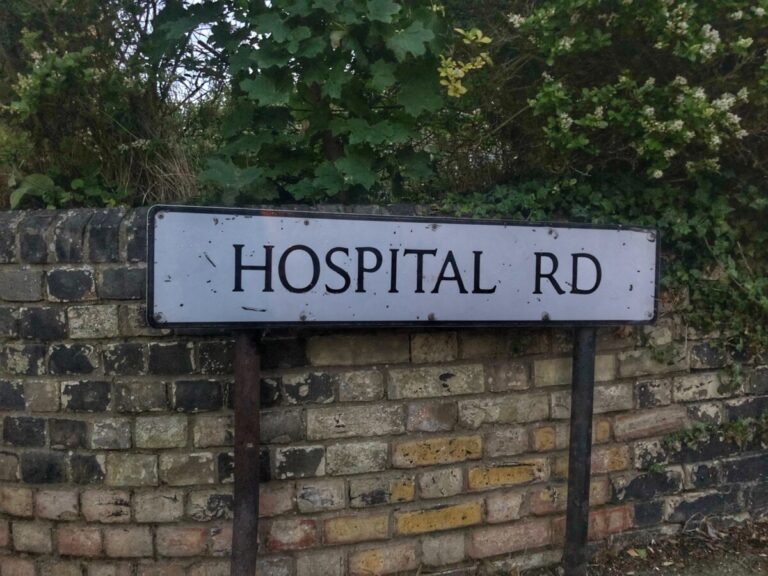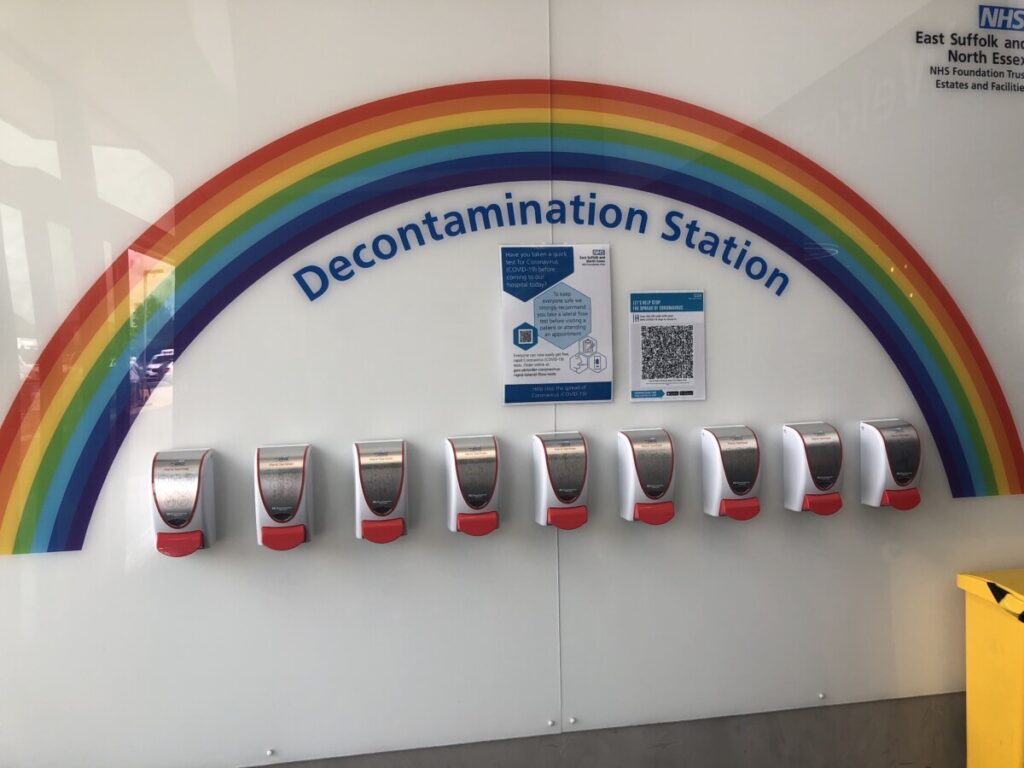How to build a successful individual giving programme at a hospital charity

Hospitals, and the charities attached to them, should have some of the most successful individual giving programmes within the charity sector. But many have so far failed to get programmes started, or build them in an effective way. In this article, we will explore how hospitals can start to build IG programmes that reach their full potential.
But why should hospitals be more effective at individual giving than other charities?
The first reason, during the time of Covid-19, is that there is an unprecedented sense of gratitude towards the NHS and awareness of the value of hospitals and health care among the public. This may not last forever, so now is the time to make the most of this opportunity to build support.
Advertisement

Potential supporters come to you!
Another key advantage hospitals have over other charities is that they don’t have to spend as much money finding potential new supporters – as many of their warmest potential supporters come to them. One of the main areas of expenditure for most charities with significant individual giving programmes is on the task of finding the right people to ask to support them. Charities spend millions on face-to-face fundraisers, advertising media and door drops to name just a few channels – all simply to be able to put their ask in front of their target audience.
For hospitals, however, it’s much easier – some of the warmest members of their target audience come to them, both onsite and through other channels. A hospital has a wide range of internal ‘touch points’ with the public that can bring an ongoing flow of new supporters to its charity, if these touch points are optimised for fundraising. These touch points include the website, hospital corridors and waiting areas, outpatient lists, and many other areas. There is still expenditure to deal with of course in the materials and people to make the asks at these touch points, but the targeting costs themselves can be much lower and the target audience clearer.
Relatively non-competitive environment
Even when hospitals decide to reach out and spend money on recruiting new contacts externally, they operate in a relatively benign non-competitive environment, in which each hospital has its own rough local catchment area. So, there is no reason why each hospital shouldn’t succeed in recruiting new supporters in its local area. In fact, from our experience, the main reasons tend to be a lack of planning, unwillingness to invest or a lack of skill in executing fundraising activities.
ChangeStar has advised a number of hospitals on fundraising, and those that have addressed these issues are the ones that have succeeded the most. Addenbrooke’s Charitable Trust (ACT), the charitable arm of Addenbrooke’s hospital in Cambridge, is becoming one of the leading hospital charities for individual giving, and has seen astonishing results from both recruitment and supporter development activities in the three years since it started building its IG programme with the help of ChangeStar.
For example, its Christmas 2017 cash appeal, the last before we started work with ACT, gained just under £15,000 income. Their first appeal under the new team more than doubled this total to over £38,000, and results have been steadily rising since, with income records being broken four appeals in a row, culminating in an unlikely-to-ever-be-bettered response to the 2020 coronavirus emergency appeal. Appeals are now gaining well over £60,000 each. And it’s not just cash appeals that people are responding with such wonderful generosity to – it’s DD conversion, DD upgrades and legacies too.
Paul White, Head of Donor Care at ACT, says
“When I joined ACT I could see that all the elements for a really strong IG programme were there. Over time we’ve gradually been able to test activities, analyse their results and use those to build the case for further investment and build the programme gradually over time.”
ACT’s success is due to a range of factors, including:
1. Planning
It has been willing to take a strategic, prioritised approach to building its programme. ACT focussed its attention on getting its supporter development programme right before it spent time and money on supporter recruitment. With the help of external expertise from partners including ChangeStar, it reviewed the range of channels and activities open to it, prioritised them, and then focussed on establishing those that would help it build long term income most effectively, including regular giving, legacies and optimising its internal touch points for recruitment.
2. Investment
ACT has been willing to invest in its IG programme. It hasn’t had lots of budget to spend and hasn’t been profligate in spending it, but it has been willing to invest in testing new opportunities that show real potential, and then putting more money behind the roll out when the test has worked. For example, it was brave enough to test recruitment via
door drops early in the pandemic, when both the urgency of the hospital’s need and public enthusiasm for its work were high. The results were spectacular – better than 2:1 ROI overall, including better than 1:1 year 1 ROI on recruitment to monthly DD. But ACT didn’t rest on its laurels. It invested in further roll out after the successful test, and this activity performed just as well. This willingness to make well-informed investments is another basic principle of good fundraising.
3. Commitment
The planning and investment above have been possible because the senior team at ACT recognises that an IG programme is a long-term rather than short-term channel for income generation. It also realises that ongoing, long-term investment and commitment to the programme is needed if it is to fulfil its potential.
4. Skill
ACT has been willing to invest in external specialists (such as ChangeStar) to help it plan its IG programme and develop creative so that it can produce the most effective appeals possible. It has also been willing to build a small, skilled internal team to run its IG programme as resources have allowed.
Paul White of ACT again:
“For a charity with relatively limited resources, bringing in the copy, design and creative expertise of an agency with IG experience has been invaluable, as it’s allowed us to focus our time on developing other areas of the charity such as our systems and processes.”
These are useful principles for any hospital – large or small – that is trying to build its IG programme. IG has real potential for many hospital charities, but to have the best chance of meeting this potential it needs to be approached in a well-planned way, with senior management willing to make bold but well-informed investments in the programme, activity and team for the long-term.
Richard Docwra
ChangeStar
8th June 2021



